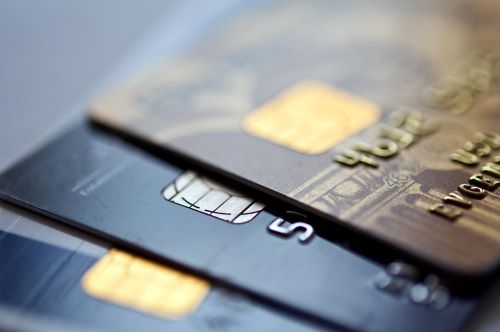How to Build Emergency Fund
An emergency fund is essential for financial security. It provides a safety net for unexpected expenses, such as medical bills, car repairs, or job loss. In this article, we’ll discuss how to build an emergency fund and why it’s important for your financial future.
Building an emergency fund is one of the smartest financial moves you can make. Here’s how to start:
1. Set a Realistic Goal
Start by setting a realistic savings goal. A good rule of thumb is to save three to six months’ worth of living expenses. This will give you a buffer in case of unexpected financial setbacks.
2. Start Small
If you can’t save a large amount right away, start small. Even saving $50 to $100 a month will add up over time. The key is to make saving a habit.
3. Automate Your Savings
Set up automatic transfers from your checking account to your emergency fund. This ensures that you’re consistently saving and removes the temptation to spend the money elsewhere.
4. Keep It Accessible
Your emergency fund should be easily accessible in case of an emergency. Store it in a high-yield savings account or a money market account so that it’s both safe and liquid.
5. Replenish After Using It
If you need to dip into your emergency fund, make sure to replenish it as soon as possible. This will keep you prepared for future emergencies.
Building an emergency fund takes time, but it’s an essential part of financial planning. Set a goal, start small, automate your savings, keep the fund accessible, and replenish it when needed to ensure financial security.



